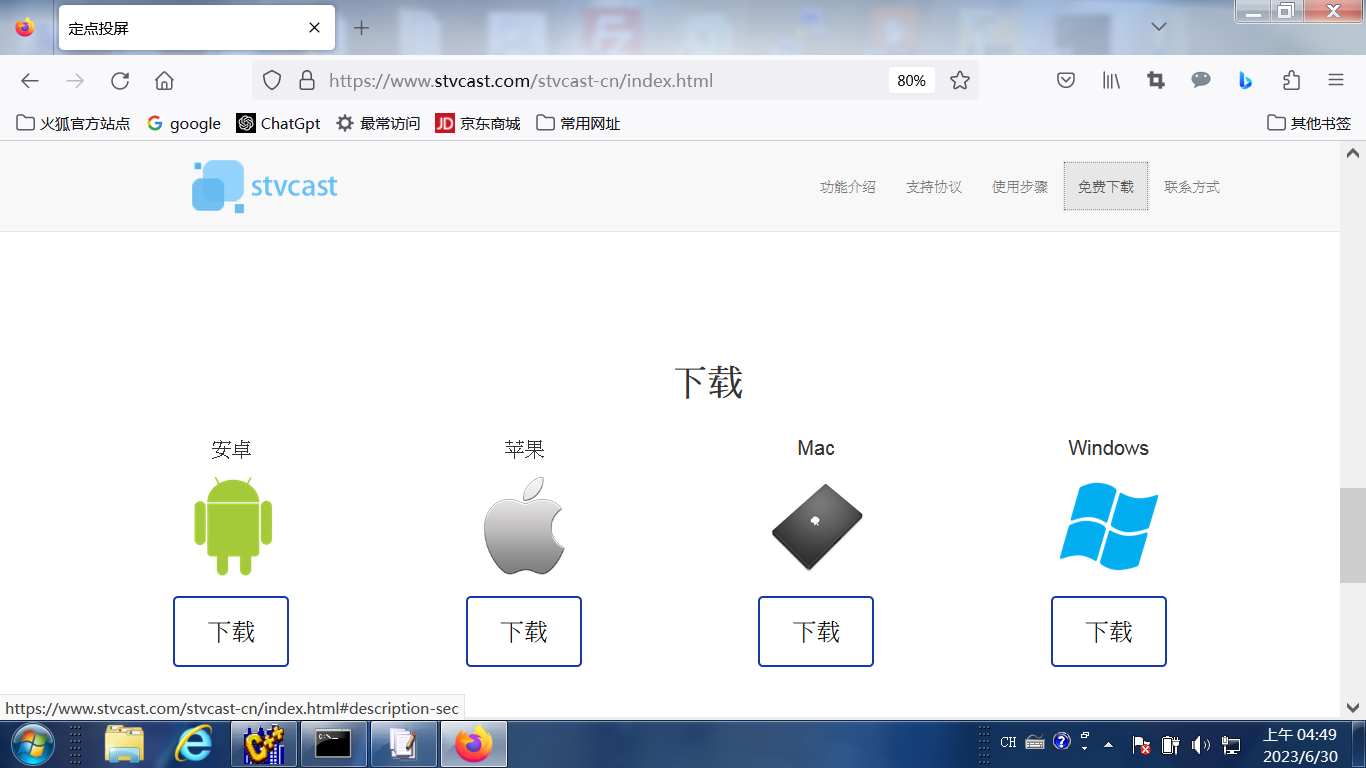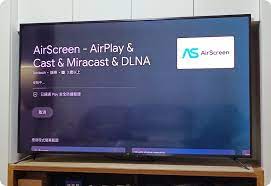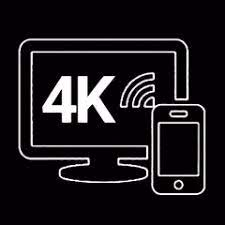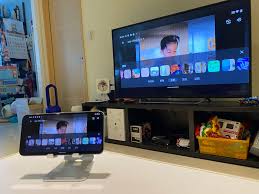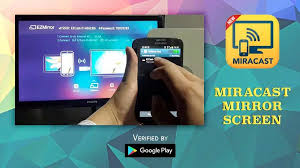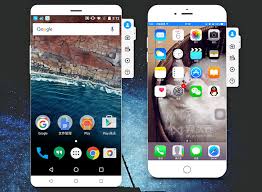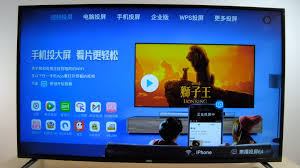Mobile Screen Mirroring refers to the wireless transmission of the screen of a mobile phone or tablet computer to a large-screen device, such as a TV or a projector, so that users can better enjoy mobile content, such as watching videos, playing games or sharing photos, etc. . In the future, mobile screen projection may show the following long-term trends: Further development of wireless technology: At present, mobile phone screen projection mainly uses wireless transmission technology, such as Wi-Fi direct screen projection or Bluetooth. With the continuous advancement of wireless technology, there may be a faster and more stable transmission method in the future, which will make the mobile phone screen projection experience smoother. More cross-platform support: At present, mobile screen mirroring mainly supports Android and iOS systems, and there may be more cross-platform support in the future, so that users of different operating systems can easily mirror their screens to large-screen devices. Multi-screen interaction and collaborative work: Mobile screen projection is not just a one-way screen transmission, and may further develop into a form of multi-screen interaction and collaborative work in the future. For example, multiple mobile phones can be cast to the same large screen at the same time, and users can achieve more interaction and cooperation, and improve the efficiency of work and entertainment. Augmented reality (AR) and virtual reality (VR) applications: With the development of augmented reality and virtual reality technology, mobile screen projection may be combined with AR and VR applications, and users can project virtual content on the big screen to achieve a more immersive experience. An immersive experience. Cloud service integration: With the popularity of cloud services, mobile screen projection may be more deeply integrated with cloud storage and sharing services. Users can display cloud content on a large screen through mobile screen projection, achieving more convenient content sharing and collaboration.

Provide SDK to well-known TV brands, except the following, with a global business model As a WIFI provider Apple (Apple) - Apple's AirPlay feature allows users to cast content from an iPhone, iPad or Mac to an AirPlay-enabled TV or projector. Google (Google) - Google's projection technology is called Google Cast, users can use Google Cast to cast content from Android phones or Chrome browsers to TVs or projectors that support Google Cast. Samsung (Samsung) - Samsung's Smart View feature allows users to cast content from a Samsung phone or tablet to a TV or projector that supports Smart View. LG (LG) - LG's Screen Share feature allows users to cast content from an LG phone or tablet to a TV or projector that supports Screen Share. Sony (Sony) - Sony's Screen Mirroring feature allows users to cast content from a Sony phone or tablet to a TV or projector that supports Screen Mirroring.

and operating system support: The availability of the mobile screen mirroring feature depends on the support of the mobile phone manufacturer and operating system provider. If a phone manufacturer stops supporting a particular feature or an OS update no longer supports casting, the feature's lifetime may be limited. Software update: The screen mirroring function of the mobile phone may be affected by the software update of the mobile phone operating system. If a newer version of your phone's operating system introduces a changed or alternative mirroring technology and stops supporting older versions of the mirroring feature, you may need to upgrade your phone's operating system or use another method for mirroring. Third-Party Apps: Many mobile screen mirroring features require the use of specific apps or software. These applications may have their own updates and life cycle. If a particular mobile screen mirroring application is no longer updated or the developer stops maintaining it, the use of the application may be limited, affecting the life cycle of the mobile screen mirroring function. In general, the life cycle of mobile screen mirroring is a dynamic process, which is affected by device hardware and operating system support, software updates, and third-party applications. If you rely on the mirroring function of your mobile phone, it is recommended that you pay attention to the updates of the mobile phone manufacturer and operating system provider, and make sure to use the application that supports the latest mirroring technology
